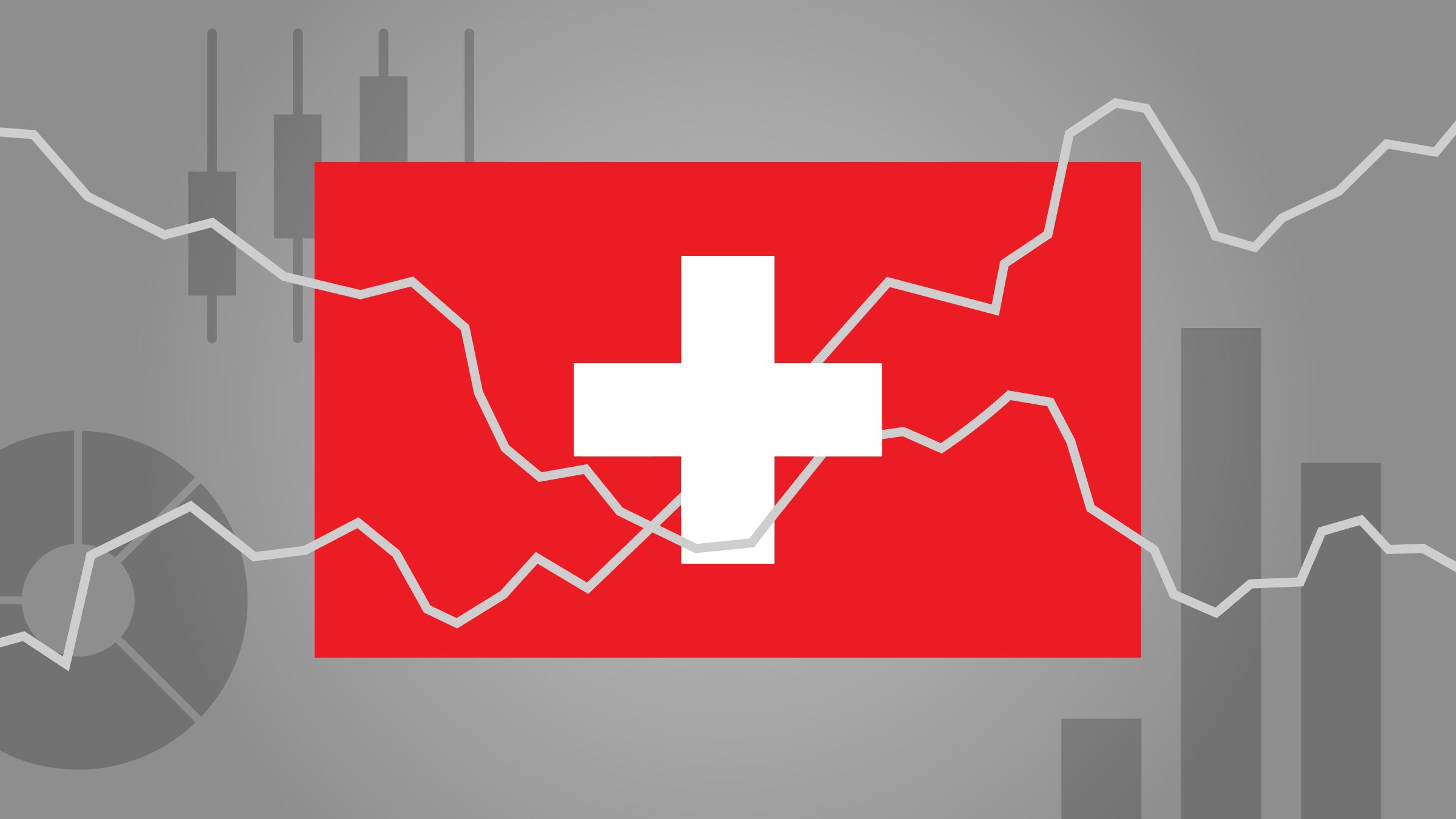Rolle im Portfolio
The iShares Euro High Yield Corporate Bond ETF offers investors exposure to the EUR-denominated market of non-investment grade corporate debt. Gaining exposure to the high yield corporate bond market is often thought of as a way to generate higher returns relative to better credits, though investors in this particular asset class will have to accept the trade-off of much higher notional risk vs. investment grade corporate debt. This means that expectations for a steady stream of income will be lower while the risk profile (e.g. default is not a rare occurrence in high yield) will be higher.
In our view, the combination of a substantial yield pick-up and the notable risk profile means this ETF would be best deployed as a satellite component of a fixed income investment portfolio, and probably one with a relatively small weight. Meanwhile, investors with a high tolerance to risk are likely to feel comfortable overweighting positions in this ETF with the objective of boosting overall portfolio returns. In fact, for this type of investor, a high yield ETF may not actually be a tactical bet but rather the preferred vehicle to meet the strategic need for exposure to the corporate debt market. In this particular, but minority, case we could find this ETF playing a core role in investment portfolios.
Irrespective of risk tolerance, all investors need to take into consideration the effects of monetary policy decisions, in this case those by the European Central Bank, on the value of this fixed income investment. This ETF tracks an index with duration around the four year mark. Also, non-Eurozone investors will need to account for value effects arising from foreign exchange gyrations.
Fundamentale Analyse
The European high yield bond market has experienced significant growth since the start of the financial crisis. The impairment of traditional lending channels (e.g. bank borrowing) has left many small and medium enterprises little option but to call on the open markets to meet their financing needs. According to data published by the Association for Financial Markets in Europe (AFME), primary high yield bond issuance in Europe (including European emerging markets) in Q1-13 totalled EUR 32.9bn, up 51.4% compared to Q1-12. Should this trend continue, 2013 would be another record year for issuance after the EUR 66.2bn placed in 2012, which in turn was up from EUR 49.7bn in 2011 and EUR 44.6bn in 2010.
Roughly 60% of the high yield bond issuance in Q1-13 was EUR-denominated and the rest in other currencies, mainly USD. Perhaps more importantly, high yield bond issuance since the start of the crisis represents close to 50% of the leveraged market in Europe, up from an average of 10-20% pre-2008. This is clear proof of the aforementioned malfunctioning of traditional bank lending channels.
The substantial increase in non-investment grade corporate issuance has been taking place against a macro backdrop characterised by ultralow interest rates and concerns about the financial health of sovereign issuers. The combination of yield-seeking and a shift in overall risk perceptions have allowed for a solid body of demand for financial instruments such as high yield bonds since 2010. As a result, yields have fallen substantially, while credit spreads (i.e. the yield difference to creditworthy sovereign bonds) have compressed at a considerable pace. However, these still offering a tasty pick-up on the low yielding AAA-rated Eurozone government bonds.
The increase in corporate funding via high yield issuance over the last few years has come hand in hand with a remarkable shift in its end-usage. Post-2008 data shows that 40-60% of funding has been used for debt repayment and/or restructuring, up from 10-20% in the pre-crisis years. This re-allocation of usage has been instrumental in ensuring a substantial decline in the rate of high yield bond defaults, which in turn has facilitated investors’ re-evaluation of risk perceptions.
The assumption is that historically low default rates may well continue to be a key indicator of the high yield market for the time being, mostly as there has been a fair deal of debt restructuring with a lengthening of maturities beyond 2015. However, one could argue that in this comprehensive debt restructuring may lay the seeds for potential problems ahead. First and foremost, despite all the problems affecting the Eurozone, it would be unwise to expect bank lending to remain impaired forever. Equally, chances are that risk perceptions on sovereign risk will eventually normalise. Unless what we have seen proves to be a long-lasting structural change in corporate funding, mean-reversion (e.g. decrease in issuance and increase in defaults) should be expected to eventually kick in, with a key risk in the jump in redemptions due post-2015.
Indexkonstruktion
The Markit iBoxx Euro Liquid High Yield index measures the performance of EUR-denominated non-investment grade corporate bonds, irrespective of issuing country. To be eligible for inclusion in the index bonds must have a minimum outstanding of EUR 250mn, a minimum maturity of 2 years and maximum of 10.5. For diversification purposes the weight of each issuer in the index is capped at 5%, while the size of individual bonds from an issuer is capped in relation to their market value. Bonds with the following characteristics are not eligible for inclusion: perpetuals, zero-coupon bonds, convertibles, private placements, sinking funds, preferred shares, putables and index-linked notes. The index is calculated on a total return basis using consolidated prices based on bid/ask quotes provided by contributing banks. The index is rebalanced on a monthly basis at the close of the last business day of the month. If any of the rating agencies rates a bond CC or lower, such bond is removed from the index at the next rebalancing. Payments from coupons and partial redemptions are held as non-accruing cash until the next rebalancing, when they are reinvested in the index.
Fondskonstruktion
This ETF was launched in September 2010 and is domiciled in Ireland. iShares uses physical replication to track the performance of the Markit iBoxx Euro Liquid High Yield index. This ETF distributes dividends on a semi-annual basis on a March-September payment pattern. The ETF prospectus describes the replication methodology as “statistical sampling” rather than “full replication”. According to our research, the number of fund constituents routinely almost matches that of the index, while the overall statistical weightings of the issuing countries is also largely kept in check. Hence, in this particular case the term “sampling” should perhaps be understood as a process whereby the fund manager applies different statistical weightings to individual fund constituents than those in the underlying index and/or reproduce the issuing country index weighting with bonds not included in the index. With all the necessary caveats (e.g. fund constituents can change on a daily basis), close examination generally reveals that divergences between the fund’s and index’s basket of constituents mostly relate to individual statistical weightings. The bulk of High Yield issuance is carried out by industrial corporations and this is duly reflected in the fund’s composition by sector, with around 80% of constituents falling under the category of industrial and the remaining 20% shared out by financials, utility and “non corporate”. With regards to issuing country, the fund reveals a clear bias to Eurozone members (e.g. 80-85% of the basket of constituents). Amongst non-Eurozone issuers with a significant presence we find the UK and the US. iShares may engage in securities lending in order to optimise the ETF’s tracking performance. BlackRock acts as investment manager on behalf of iShares. The amount of securities that can be lent out is capped to 50% per fund. Lending operations are hedged by taking UCITS-approved collateral greater than the loan value and by revaluing loans and collateral on a daily basis. The collateral is held in a ringfenced account by a third party custodian. The degree of overcollateralisation is a function of the assets provided as collateral, but typically ranges from 102.5% to 112%. Lending revenue is split 60/40 between the ETF and BlackRock, respectively.
Gebühren
The total annual expense ratio (TER) is 0.50%. This seems to be average for ETFs providing exposure to the high yield bond market. Additional costs potentially borne by investors and not included in the TER include bid/offer spreads and brokerage fees when buy/sell orders are placed for ETF shares.
Alternativen
iShares was the first European ETF provider to offer investors a vehicle providing exposure to the EUR-denominated high yield bond market. As it often happens, whoever comes in first to fill a void tends to take the lion’s share of existing demand, with competitors generally left to claw market share either by competing in cost terms and/or by offering some kind of innovation vs. the incumbent dominant provider.
This dual strategy was followed by Lyxor with its iBoxx EUR Liquid High Yield 30 ETF. Launched in January 2011, it charges a slightly lower TER of 0.45% and replicates the performance of an index which, although from the same provider, restricts the universe of eligible bonds on a number of criteria. The total number of index constituents is limited to 30, all issued by non-financial corporations and with a minimum outstanding of EUR 500mn. Index rebalancing is done on a quarterly basis and bonds with a residual maturity below 1.25 years at the time of rebalancing are substituted.
Another alternative is the SPDR Barclays Capital EUR High Yield Bond ETF, which came to the marketplace in February 2012. Charging a TER of 0.45%, this physical replicated fund tracks a Barclays Capital index encompassing EUR-denominated high yield issues of maturity up to 15 years and with a minimum outstanding of EUR 250mn. As we write, assets under management for the Lyxor and SPDR ETFs lag substantially behind those held by the iShares ETF.
Investors looking to invest in the USD-denominated high yield bond market can also consider the iShares iBoxx USD High Yield Capped Bond ETF (TER 0.50%) or the Source PIMCO Short-Term High Yield Bond (TER 0.50%).

















